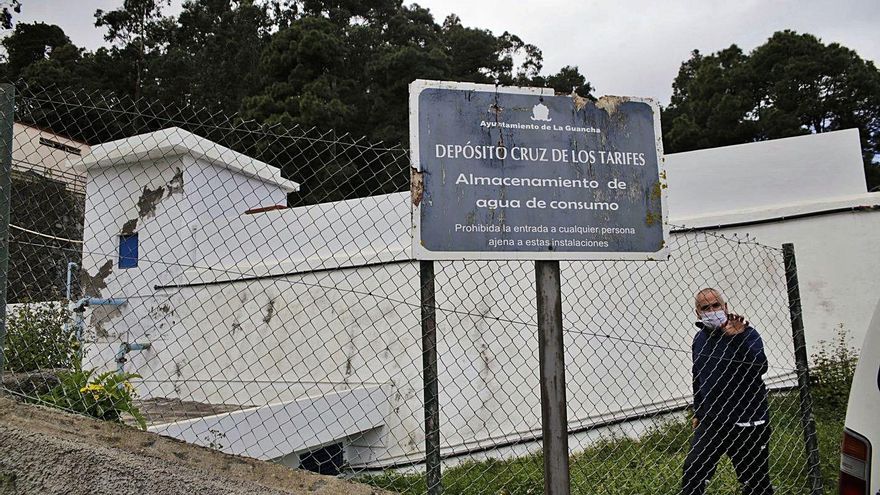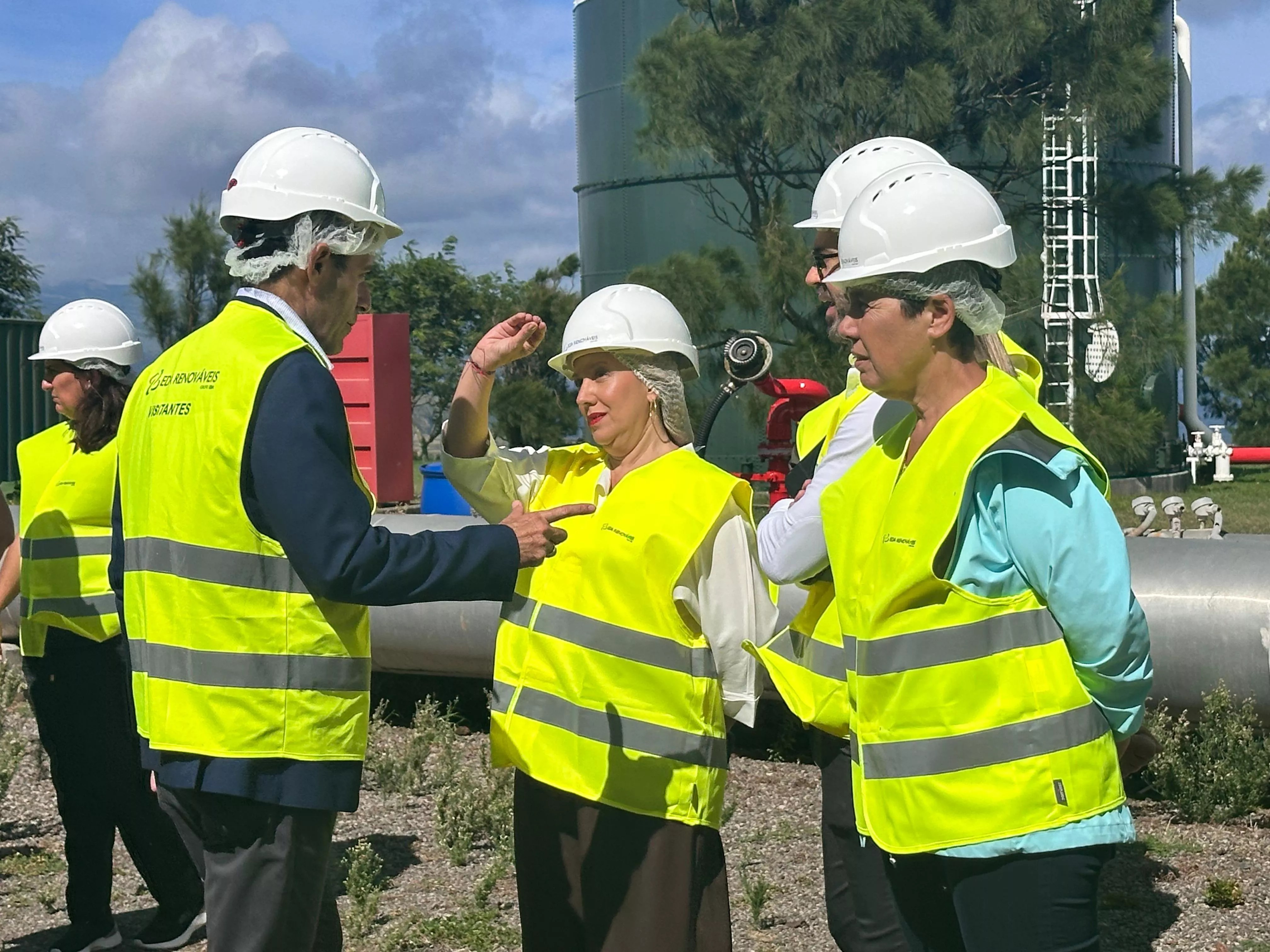
‘Tap water is not suitable for drinking, cooking or preparing food in general until further notice ”, announced the Guanchero City Council. According to the data from the latest analyzes carried out in the supply network, the fluoride parameter has been altered reaching a value of 4.1 milligrams per liter, when the World Health Organization recommends that this value cannot exceed 1, 5. The Consistory calculates that for this parameter to return to normal values, it will be necessary to wait a month.
Corrective measures will be implemented based on the demand for water in the coming weeks. According to the mayor, Antonio Hernández, “we have to try to recover the levels in the deposits that have been depleted mainly for two reasons: on the one hand, the high consumption by the population and on the other, leaks that are produced by the different faults in the network ».
From half to the entire population
On September 13, the City Council of La Guancha announced that the restriction affected practically half of the inhabitants of La Guancha, specifically to residents in the centers of El Convento, Las Montañetas, Las Crucitas, Llano de Méndez, Las Sorribas, Las Longueras, Las Cucharas, Hoya de Pablos, Santo Domingo and El Pinalete. In these areas the prohibition was for all ages and was added to the one in force for children under 8 years of age throughout the town. For the third time this year the restriction is extended to the population of all ages. It already happened between February 22 and March 2.
The City Council of La Guancha only buy water from the Vergara gallery. This dependence entails a main problem: the liquid in this gallery is rich in fluorine, a chemical element that is harmful in certain quantities to human health. Upon exceeding the levels allowed by Health –up to 1.5 milligrams per liter–, the water must first pass through a desalination plant –the Cruz de los Tarifes plant– to be suitable for human consumption.
The sudden loss of flow and the consequent problems make the fluorine increase, so that until the deposits are regulated, the optimal levels cannot be recovered. Therefore, neighbors will have to use bottled water for drinking or cooking until these problems are resolved. The water can continue to be used for other tasks, such as cleaning or irrigation, which are those that occupy 96% of the 300-400 liters of water that each guanchero uses a day on average.
















